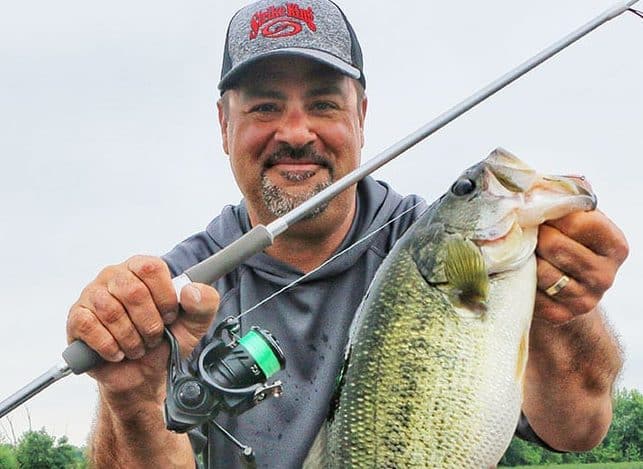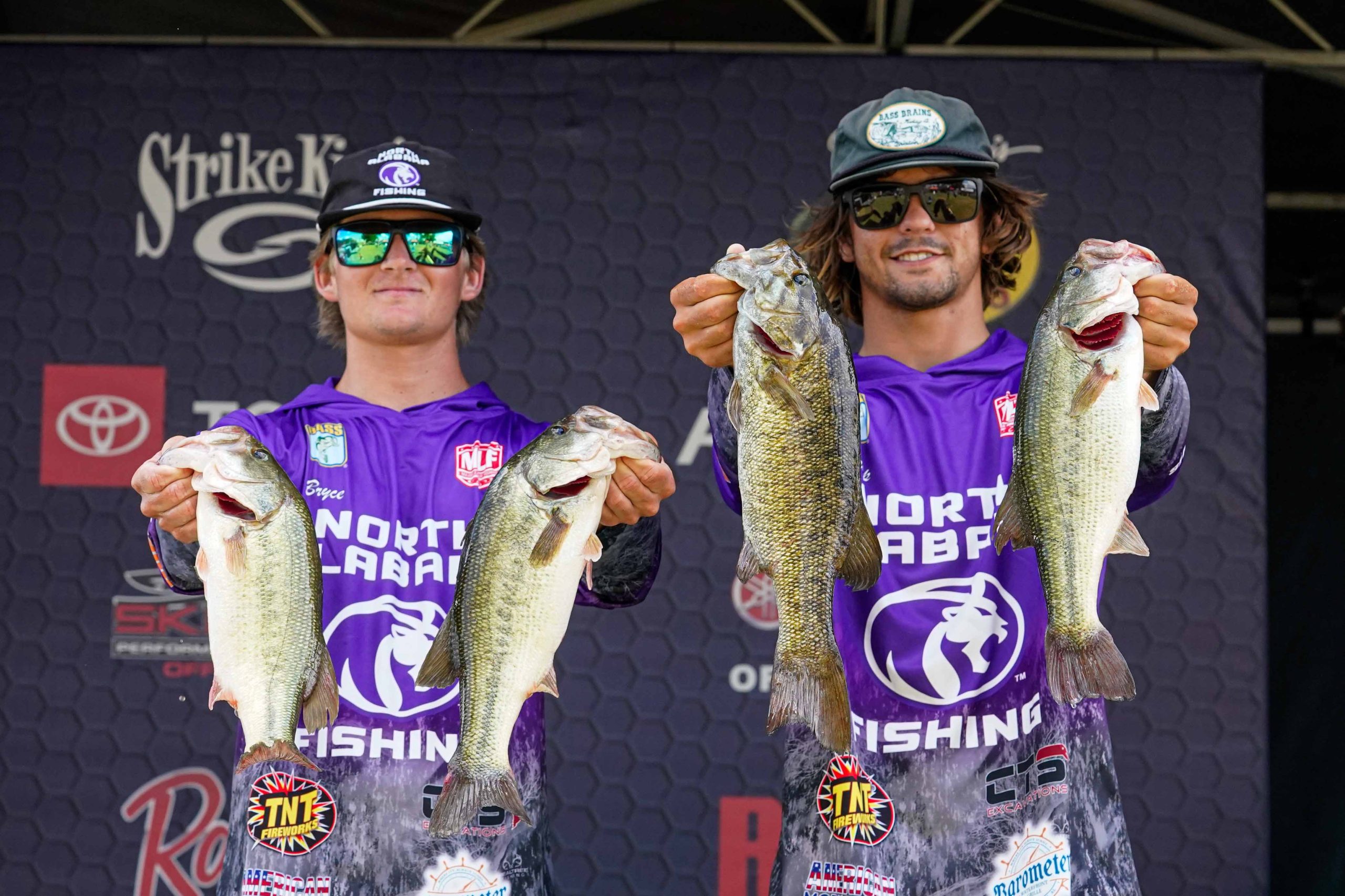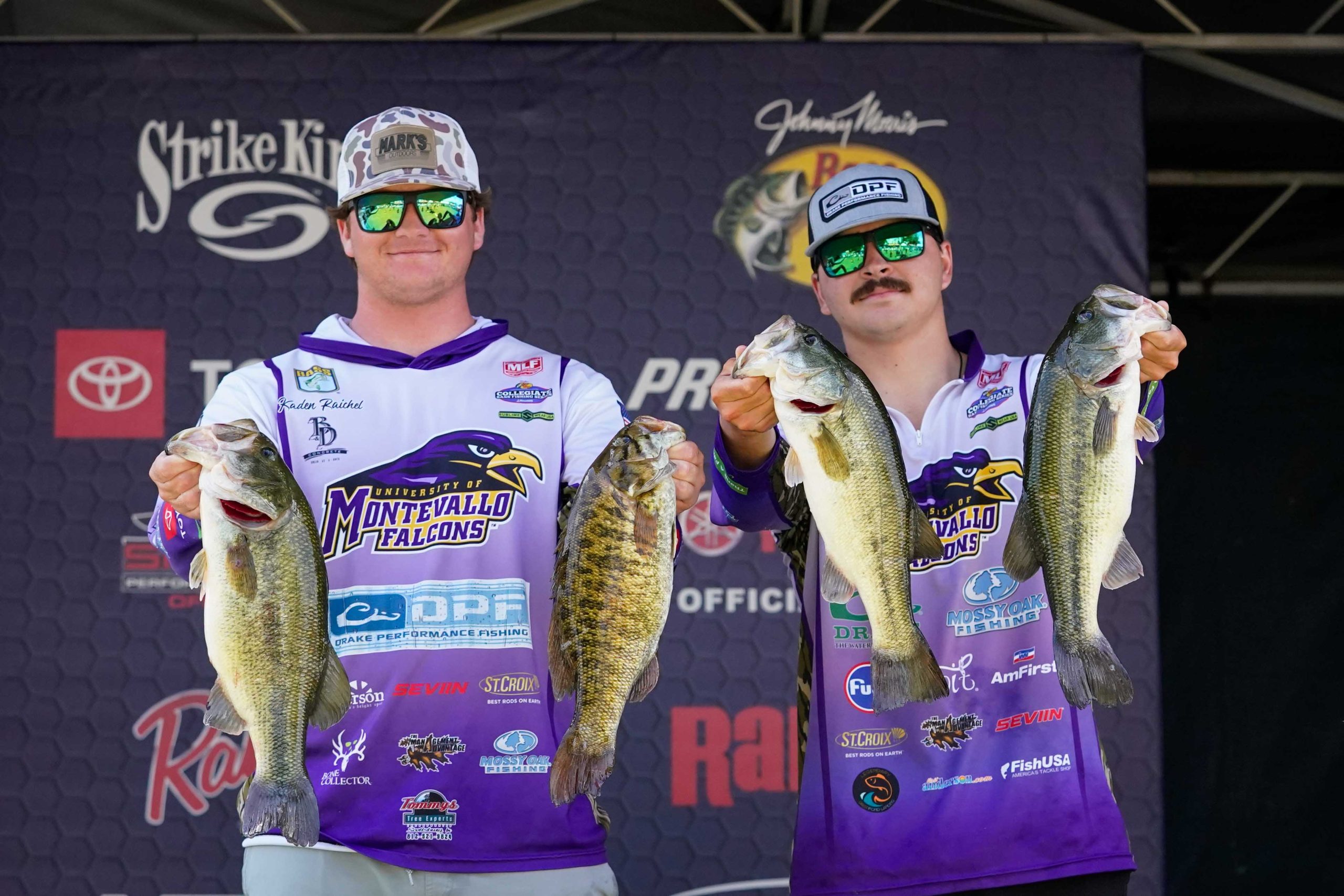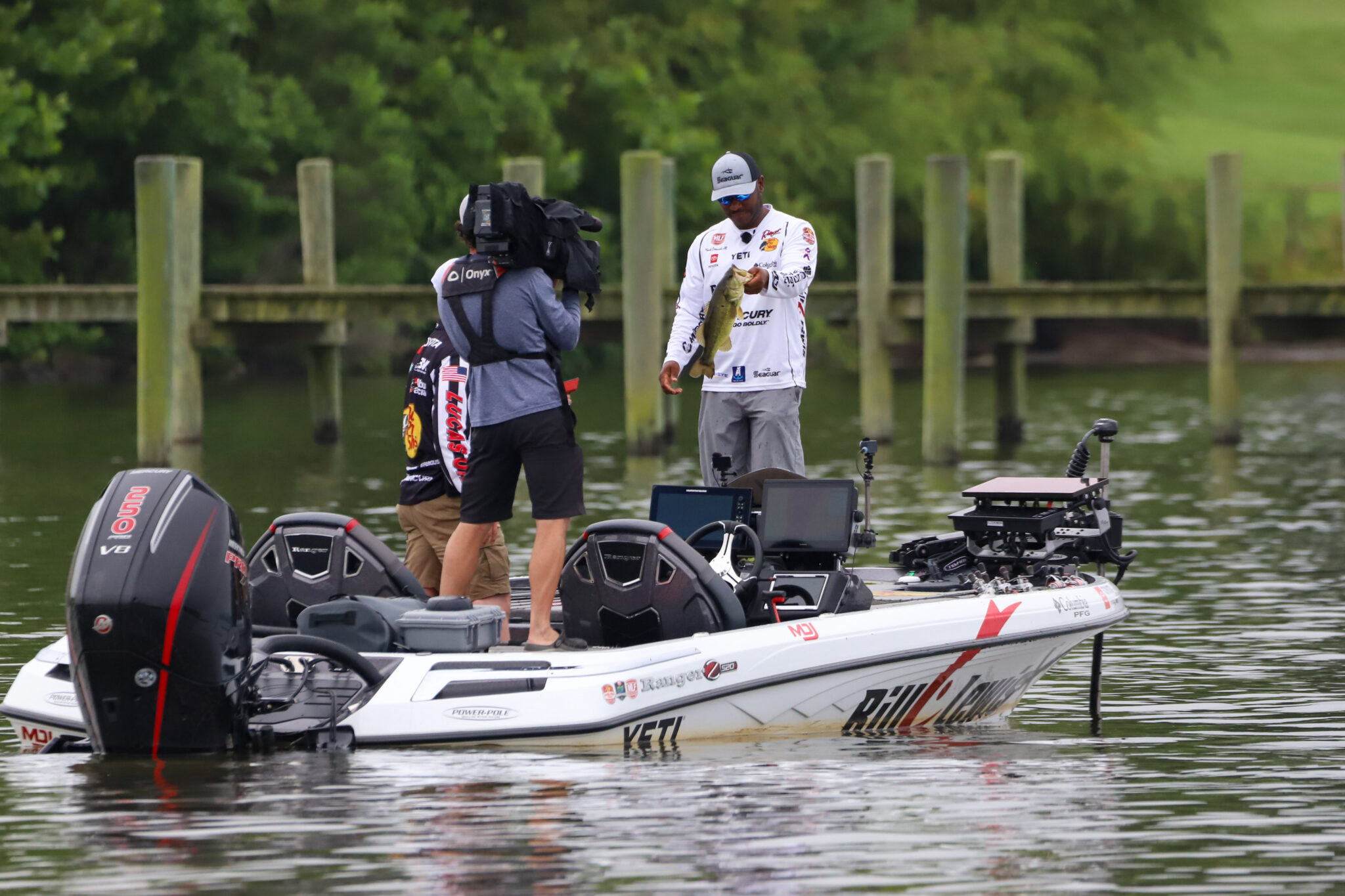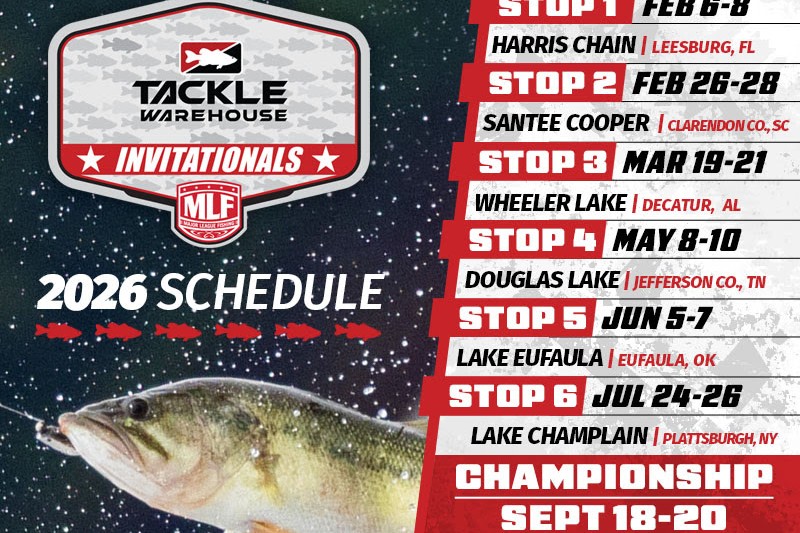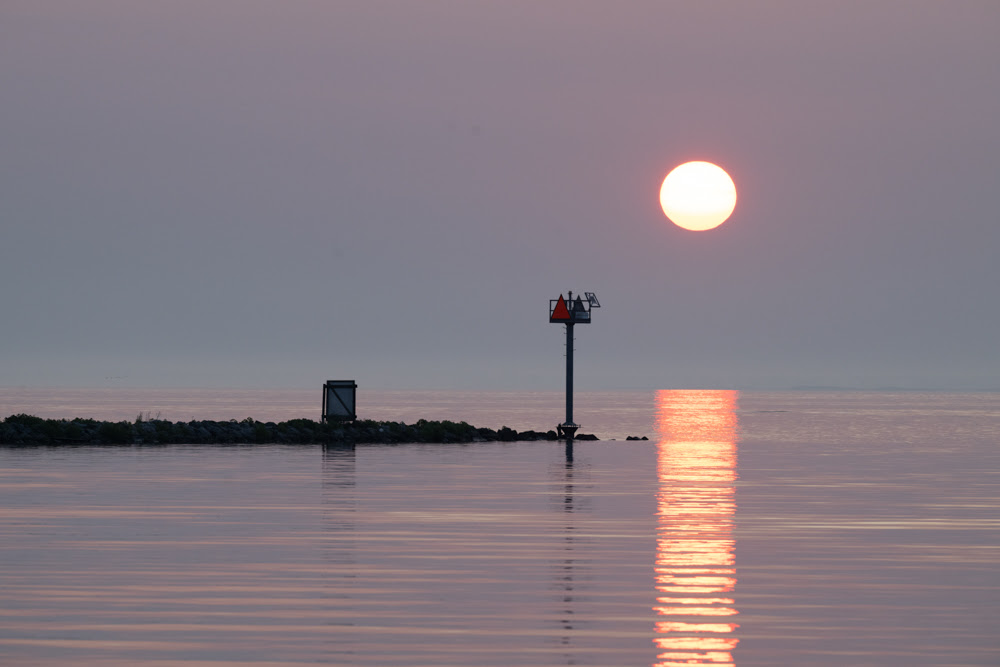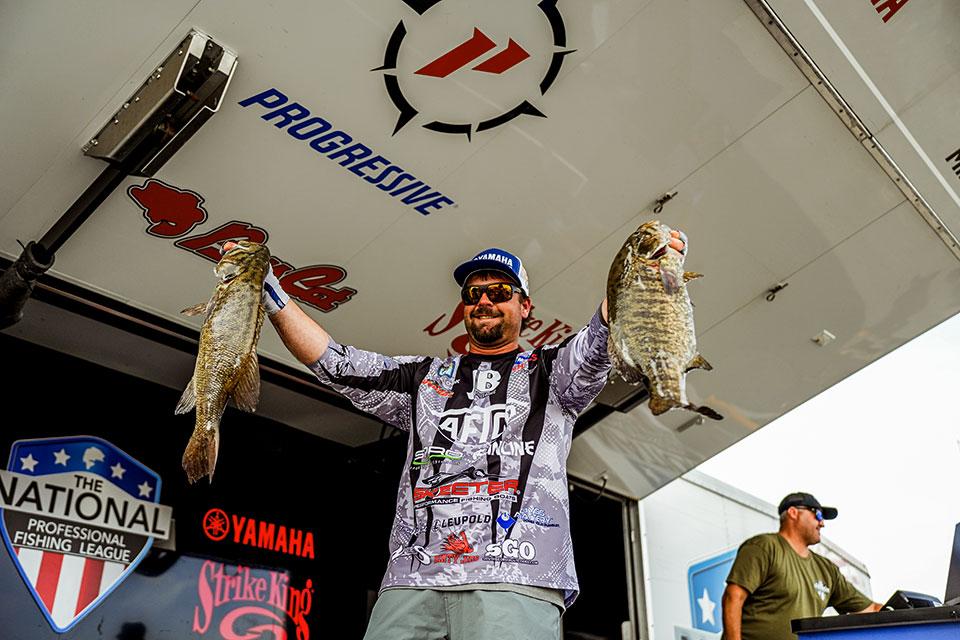Fine Tune Finesse
|
How Hi-Vis Braid Provides An Edge In Detecting Subtle Finesse Bites |
|
A decade ago, anglers were especially wary of hi-vis braids, preferring camouflage lines to everything else. That’s changed significantly with the success of finesse presentations like the ubiquitous wacky rig, Neko rig, drop shotting, the Ned rig, and countless other fish-catching finesse approaches. For many, hi-vis braid has become an indispensable part of the finesse rig, a way to monitor bites by sight and feel that simply increases hooked and boated bass. One angler who’s made the conversion to hi-vis braid is Mark Zona, bass expert and TV fishing program host. “Here’s what’s funny to me. 10 to 15 years ago a lot of us laughed at hi-vis braid and said, ‘What on Earth do I need this for? I need camouflage!’ Well, that thinking has gone by the wayside with spinning reel finesse fishing applications. It’s critical to have a hi-vis braided line. There’s no stretch in braid, so number one, you have much better sensitivity for bites. Then you add the visual aspect with the lack of stretch and that high level of sensitivity and you’re just putting more odds in your corner to land more fish. From a novice all the way to a professional angler, we look for every edge we can get in bite detection. That’s what this whole game is. If you’re using a braid that’s hard to see or camouflaged with the water with a fluorocarbon leader and you’re struggling to see bites, what you’re doing is absolutely pointless. I now probably apply hi-vis braid and a fluorocarbon leader to 80% of my finesse applications, whether it’s a drop shot, shakey head, etc.,” says Zona. Especially in deeper water, bite detection when fishing finesse presentations becomes critical. Zona knows this well, spending much of his time in what he calls “crazy deep water”—20, 30, 40, 50, all the way down to 60 feet of water, working the bottom with finesse baits. “That’s how I shoot my shows. To me, a hi-vis line is imperative. Sure, when you’re fishing in two feet of water or less, you don’t need to detect your bite as much because it transmits way faster. But when you’re fishing in deeper water as I am—10 feet all the way down into the abyss or 40, 50, or 60 feet—you’re looking for every edge you can get. Now, when I’m fishing the majority of my finesse techniques – power shotting, Neko rigging, standard dropshots, small finesse baits—basically everything—that braided line becomes, even more important than my rod, really, for telegraphing bites.” |
|
One of the techniques Zona utilizes frequently is called power shotting, which is basically a very heavy drop shot application with ½-ounce to ¾-ounce drop shot weights. “That’s one of my approaches in 20, 30, 40 feet of water. When my bait is down there on a six or eight-pound Seaguar AbrazX fluorocarbon leader, I can literally tell you when a fish breathes on the bait with that hi-vis braid’s combo of no-stretch sensitivity and sight detection.” But the same applies for drop shotting in all depths, especially when fishing vertically. Even if you’re using a lighter 1/8- to ¼ ounce weight, the sensitivity and visual aspect of a line like Seaguar’s Smackdown Hi-Vis Flash Green and fluorocarbon leader just communicates bites faster than any other line combination can provide. Another deep water finesse application that benefits from hi-vis braid is Zona’s use of a Neko rig, essentially a weighted finesse or stick worm. Same goes when he’s fishing a standard Wacky rig. “One of the things I can tell you, a wacky rig or Neko rig is probably tied on in every single boat across the country, period. And that is one of many applications where Seaguar’s Smackdown Hi-Vis Flash Green has really made a difference. I shot a show recently where I got on a school of bass out deep where I was catching them on a Neko Rig and that line jumps on camera to where the viewer could watch at home and tell I just got a bite! It was that impressive,” says Zona. He continues: “What’s amazing is how well the high-visibility of the Seaguar Smackdown Hi-Vis Flash Green emits a bite; it’s staggering. When you get a bite, the color green line jumps like the green in a traffic light for ‘go’ and you just can’t miss it.” The Ned rig is another finesse presentation that benefits greatly from a line like Seaguar’s Hi-Vis Flash Green. It allows you to see when your bait is falling through the water column and you can watch when it stops and the bait hits the bottom. Then, as you put a little tension on the line, not only can you feel and see any subtle jerk or sideways motion you can now decipher bottom content. The combination of braid and fluorocarbon leader allows you to tell when that Ned rig bumps into rock or slides through weeds—which is pretty much impossible with an extruded line alone. That is the common aspect in fine-tuning any of your finesse fishing game—the use of a fluorocarbon leader, whether you’re power shotting, drop shotting, fishing a shaky head, wacky rig, Neko rig, Ned rig, small vertical baits like light jigging spoons, etc. A high-quality six to eight-pound fluorocarbon leader is perfect for most applications and you can even get away with 10 given how narrow and clear quality fluorocarbon is. Eight to 10-pound fluorocarbon also gives you a lot more abrasion resistance. |
|
Whether you’re using a fluorocarbon like AbrazX or Tatsu it’s important you tie a good knot like a double-uni (aka uni-to-uni), cinch the knot tight and trim the tag ends closely to make movement through the end rod guide easier and necessitate longer casts, which are already 50% or so longer than using monofilament or fluorocarbon sans braid. The diameter is so narrow that there’s little resistance in the guides when you cast it, as well as how smoothly it winds off the spool. And with regards to tying line-to-leader knots like the double-uni, one trick that makes doing so much easier is wetting the end line of the braid, so it has some weight. In terms of leader length, the higher you’re marking the fish in the water column on your sonar, the longer the fluorocarbon leader should be because you want to keep the braid out of their visual range. If bass are one or two feet off the bottom, they’re going to move down and eat stuff off the bottom, but you should have the knot and braid tied to a length that exceeds where they’re sitting. 24-inches or longer is a good place to start. Back to the benefits of hi-vis braid, spooling your spinning reel with a high-visibility line like Seaguar’s Hi-Vis Flash Green also allows you to downsize the action of your rod, making it possible to use something with a little bit softer tip without losing any sensitivity. In fact, combine that rod sensitivity with what the line does and you can literally feel a fish breathe on your bait. The no-stretch characteristic of the hi-vis braid picks also up so much of the hookset that a high-quality rod like a St. Croix in the moderate to moderate fast action is a great match for finesse applications. This combination also delivers more visual information of what your bait is doing, with the line transmitting the wiggle, wobble, and other nuances of how your bait is performing under water, which is then telegraphed through the slightly softer spinning rod tip. Like Zona, more anglers are turning to the use of hi-vis braid to fine tune their finesse fishing game—and for good reason. The other thing to keep in mind is that it’s a switch that not only makes sense in the bass realm but finesse fishing for all manner of fish—panfish, trout, walleye, striped bass, and just about any other freshwater and saltwater species you can think of. The recommendation? Give it a shot this season—you’ll be glad you did. |











